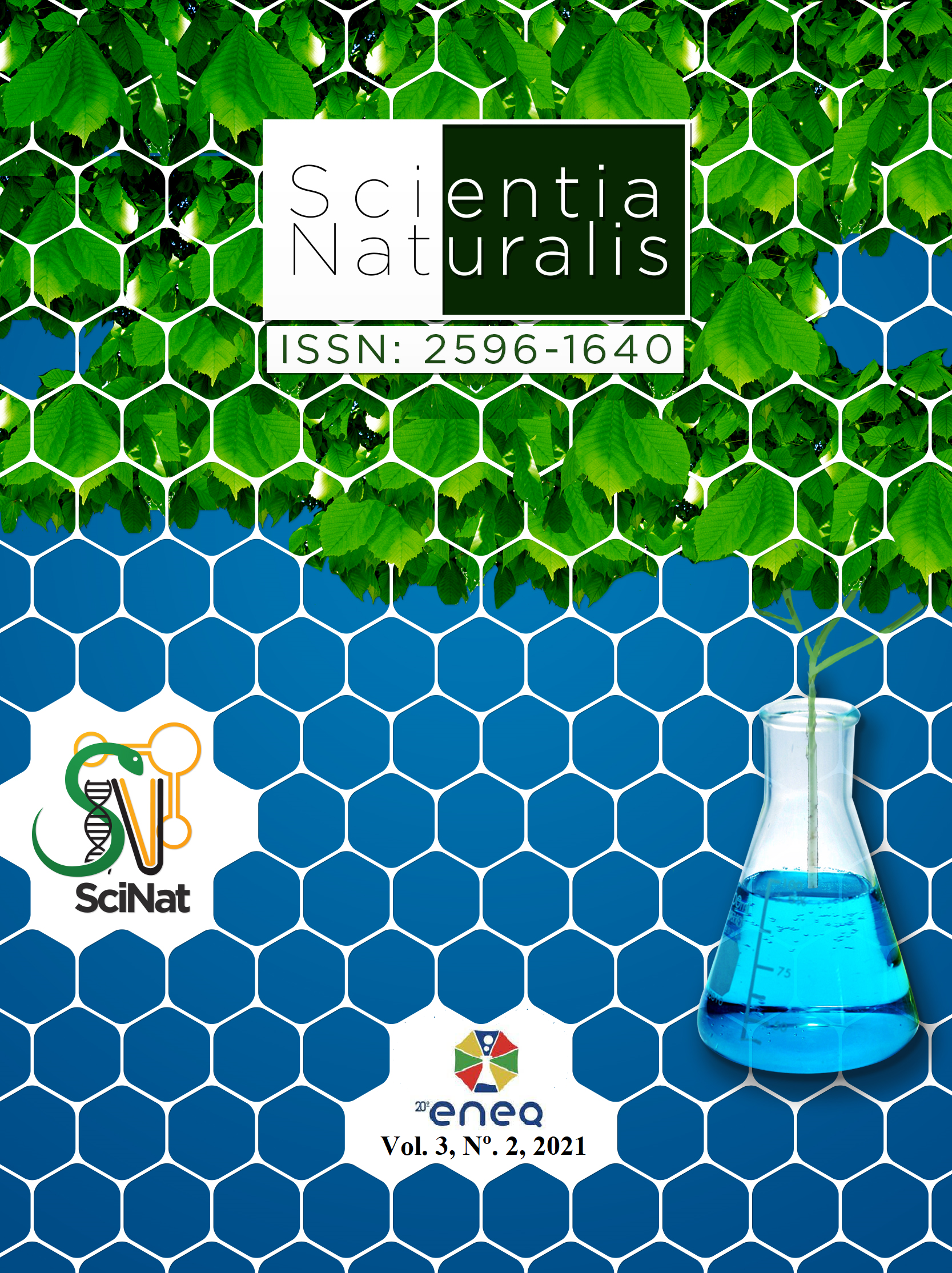Polymer of industrial interest: a study on rubber
DOI:
https://doi.org/10.29327/269504.3.2-35Abstract
Natural rubber comes from the coagulation of rubber tree latexes, being a polymer obtained by polymerization of the monomer 2-methyl-1,3-butadiene. The extraction of natural rubber brought great economic power to Brazil, especially in the Amazon region, being used in the production of various artifacts, but it was soon observed that at high temperatures it showed softening and freezing at low temperatures. Around 1939, inventor Goodyear discovered that the sulfur treatment, called vulcanization, caused an improvement in the chemical and physical properties of rubber. Currently, after the process of obtaining the latex, it is prepared using chemical additives, which makes rubber a material of great industrial acceptance, as it acquires properties such as resistance to deformation at high and low temperatures, in addition to resistance abrasion and compression. The increase in its production and chemical researches emerged the synthetic rubbers, making it a polymer of great industrial interest. Most of the rubber production is destined to the manufacture of tires, and its disposal has caused environmental problems that can be alleviated with the recycling and reuse of used tires.




